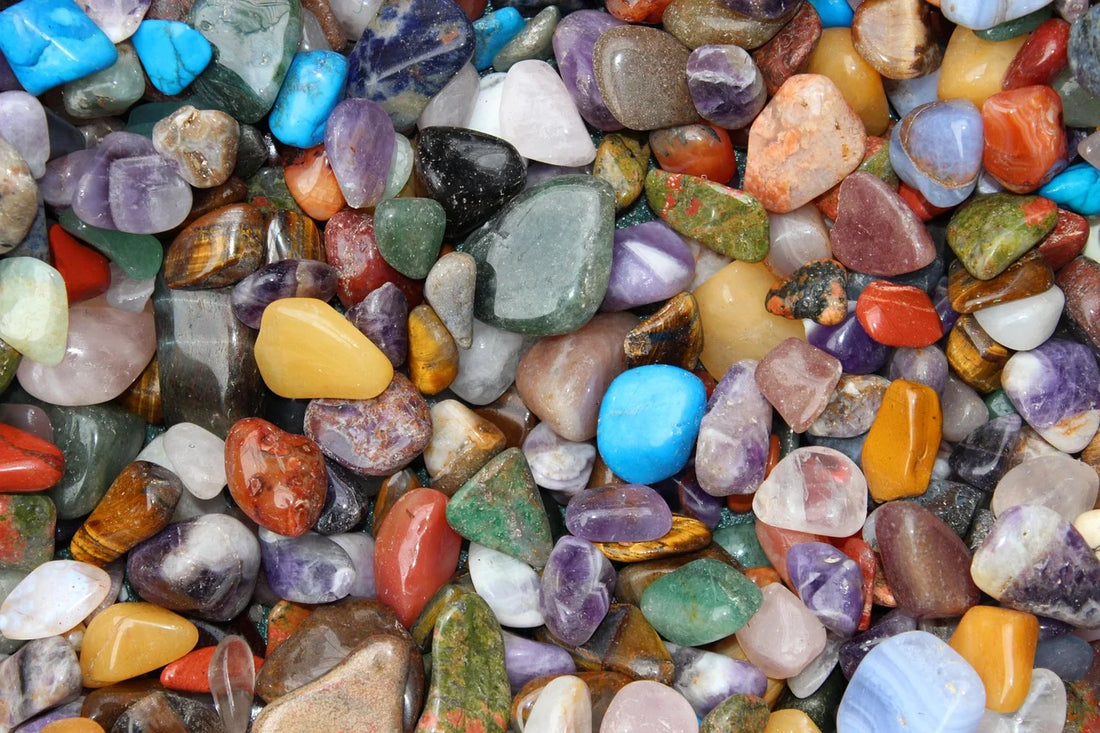
The Cultural Meaning of Crystals — Symbols Across Civilizations
Qiaozhen ZhuShare
Crystals are more than natural wonders; they are cultural storytellers. Throughout human history, civilizations have ascribed deep symbolic meanings to gemstones — love, power, wisdom, purity, and divine protection. The beauty of crystals lies not only in their form but in the beliefs and emotions humans have woven around them for millennia.
1. Ancient Civilizations and Sacred Stones
In ancient Egypt, lapis lazuli was a symbol of royalty and spiritual truth, believed to connect the wearer with the gods. The Chinese valued jade above gold, associating it with virtue, peace, and longevity. Native American tribes saw quartz as a sacred stone for vision quests and spiritual connection.
Meanwhile, in Greece and Rome, amethyst was worn to prevent intoxication — its name derived from the Greek word amethystos, meaning “not drunk.”
Across cultures, crystals were more than ornaments; they were bridges between humanity and the cosmos.
2. Crystals as Symbols of Power and Protection
Kings, warriors, and shamans carried crystals as protective amulets. Diamonds represented invincibility; garnet symbolized courage in battle; and obsidian was used as a spiritual shield. These beliefs reflect a universal truth — that humans have always sought tangible symbols of safety and strength in uncertain worlds.
Even today, we wear crystals for similar reasons: to express identity, attract positivity, or feel emotionally grounded.
3. The Modern Renaissance of Meaning
In today’s world, the ancient meanings of crystals are being rediscovered. Social media and wellness culture have transformed them into icons of self-awareness and emotional healing. A rose quartz pendant may now represent self-love, while a smoky quartz ring might symbolize resilience in difficult times.
What’s fascinating is that across thousands of years, one belief remains constant: crystals remind us of our connection to nature, to energy, and to meaning itself.
